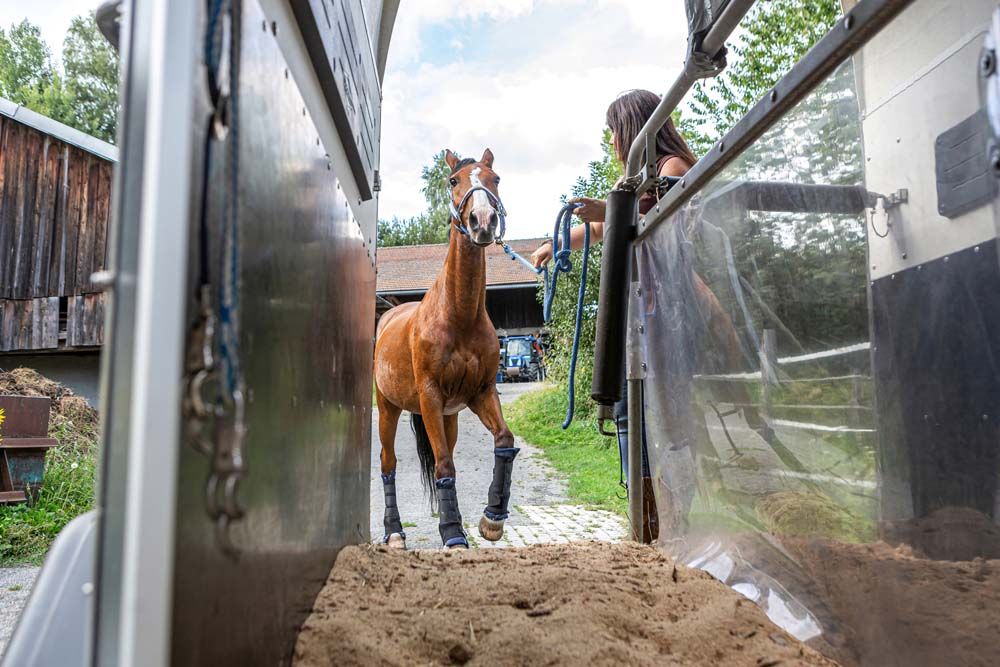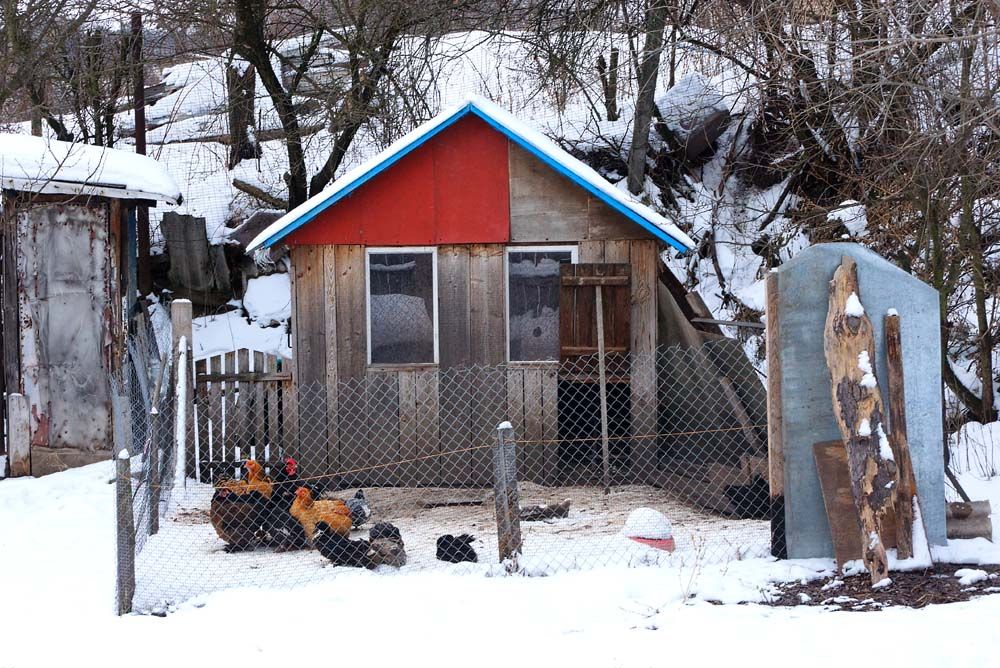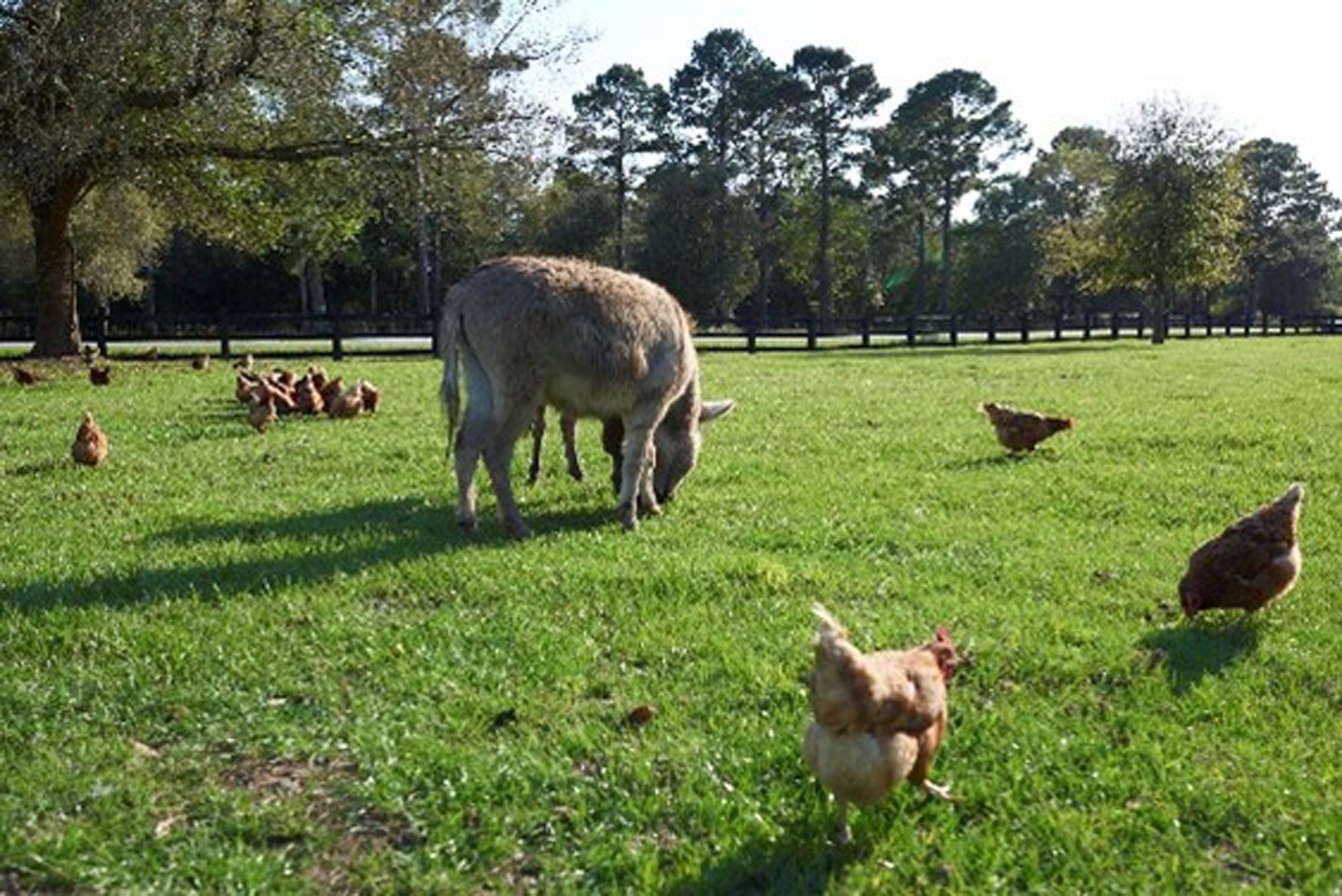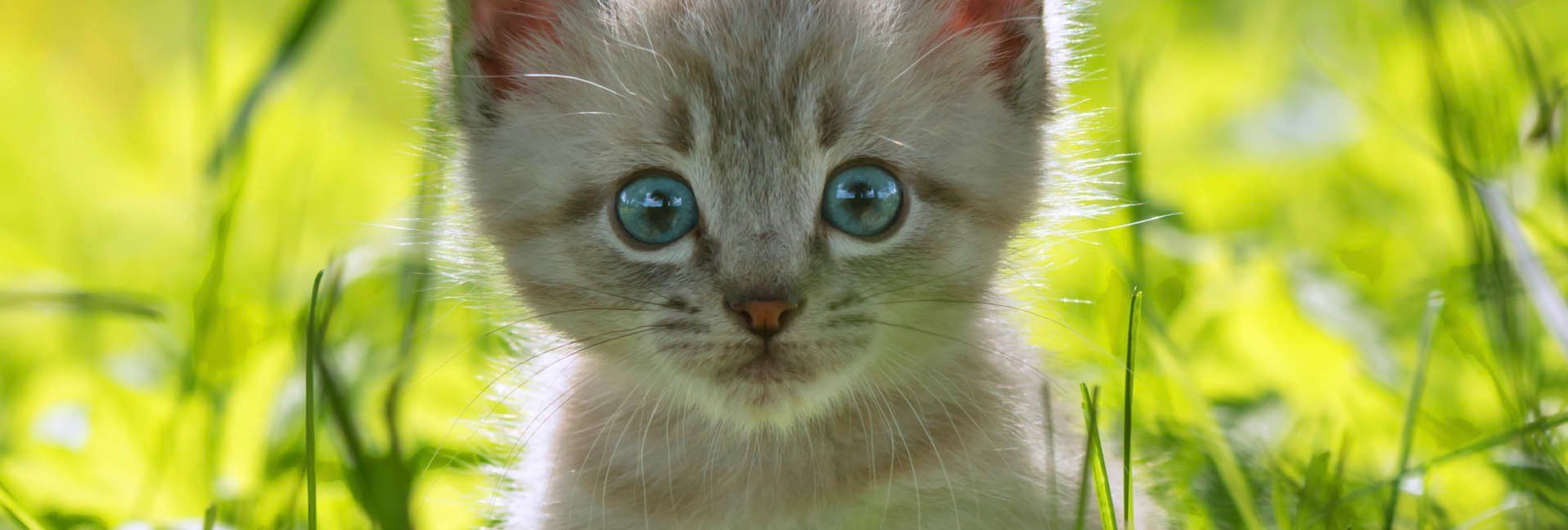Stall Bedding 101
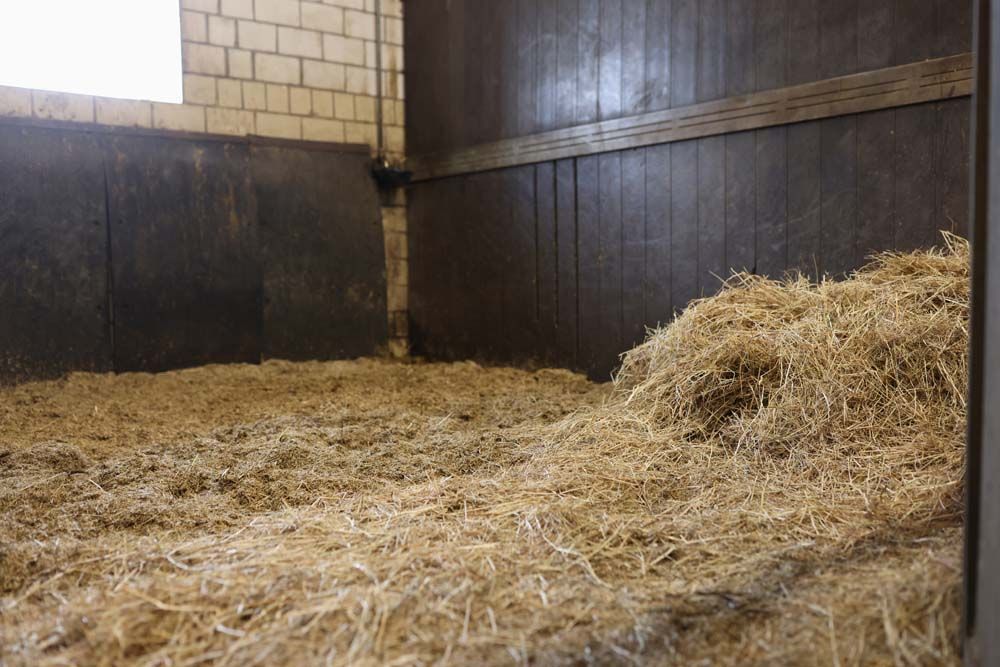

When it comes to livestock bedding, you have a lot of options. And that makes sense, because different types of livestock and different barn situations have different bedding requirements. Location also plays a role, since some types of bedding may be more easily or more economically obtained in certain regions. Let’s look at a few popular options.
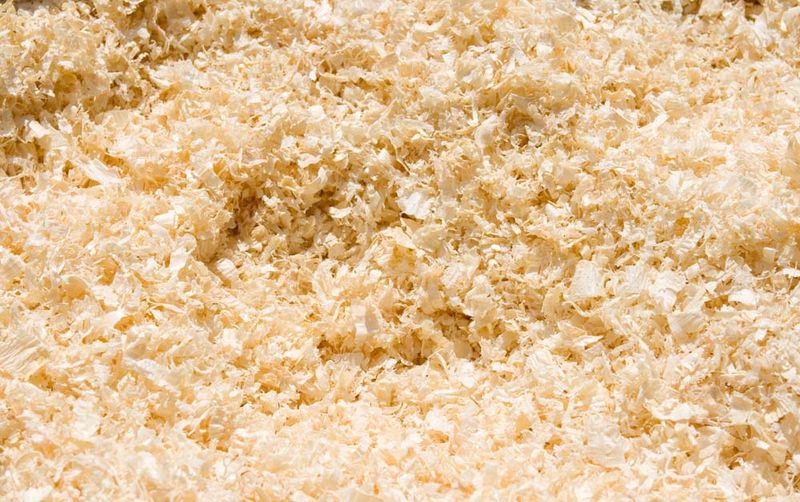
Straw
Straw—the dried remains of stalks from cereal crops like oats, wheat, or barley after harvest—is an ancient form of bedding still used today. Straw is easy to source, especially in rural areas, and it’s easy to make, since it can be baled up just like hay using basically the same equipment. Straw also packs tightly and a ridiculously huge amount of straw can be packed into a small square bale—enough to deeply bed a stall a couple of times.
Straw can be useful for livestock birthing situations as the straw won’t stick to a newborn’s wet coat.
Why might you want to give it a pass? Straw tends to be dusty—sometimes really dusty; it’s just the nature of the product. Your livestock may also try to munch on the straw, eating up a decent amount of the bedding out of boredom since it sort of looks and tastes like hay.
Straw doesn’t absorb moisture quite as well as other bedding options, and can be more of a challenge to clean, though these issues improve if the straw is chopped during production.
Straw doesn’t have to be terribly expensive, and if you grow it yourself as a side product derived from a primary crop, you could save yourself some real dollars on animal bedding.
Corn stalks
Chopped corn stalks can also be baled and used as animal bedding, and this is fairly common (again, it will be most cost-effective in regions where corn crops are widespread). However, corn stalks are much stiffer than other grains, so it can be a strain for standard hay-making equipment to bale corn stalks into a useful product.
Once baled, corn stalks make a popular, soft bedding—though as with other types of straw, you may have trouble keeping your animals from eating it!
Pine wood shavings
Very popular for all types of livestock and the equine world, pine shavings are also frequently used for chickens. This type of bedding is produced and sold by manufacturers who kiln dry the wood so that it is very absorbent and won’t mildew during storage. The shavings are then sold in bulk shipments for larger operations or in bags (about the size of a small square bale of hay) for small farms.
Wood shavings provide excellent absorption, so the bed stays dry longer, and pine shavings are pretty easy to clean. Dust levels of quality wood shavings aren’t bad at all, but be aware of using straight sawdust as a bedding material.
It may be good at moisture control, but it’s so dusty, so prone to mildewing, and promotes respiratory issues among livestock.
Pellets
Pelleted bedding—which is simply a pine product condensed into a hard shell—is extremely absorbent and fluffs up and expand as it takes in moisture. It’s not terribly unlike kitty litter, but pelleted bedding is designed specifically with livestock in mind.
Once an area is bedded with pellets, they tend to last a long time before re-bedding is necessary, so even though the upfront cost of pellets can be higher than other types of bedding, they make up for it in duration. Some cattle/cow barns find pellets very helpful, and they have a low dust content.
Hemp bedding
A recent addition to the options for animal bedding is hemp bedding, made from the inner husk fibers of the industrial hemp variation of Cannabis sativa (this part of the plant is prized for its strong fibers and doesn’t contain any active component).
This bedding is really soft (sometimes marketed for chickens), has a low dust content, and is quite absorbent. Your biggest challenge may be to find a producer, simply because the hemp fiber industry in the U.S. is young.
So, from tried-and-true to new-and-exciting, we have many useful options when it comes to livestock bedding, and (if you’re like many farms) we also have lots of opportunities to test out which ones work best!
About the author
Samantha Johnson is a writer, farm girl, and the author of more than a dozen books on rural living. She lives on a farm in northern Wisconsin with a colorful herd of Welsh Mountain Ponies, a bossy Welsh Corgi, and a wide assortment of tomato plants.
View her portfolio at samanthajohnson.contently.com
Tags:Country Critters

Acreage Life is part of the Catalyst Communications Network publication family.






